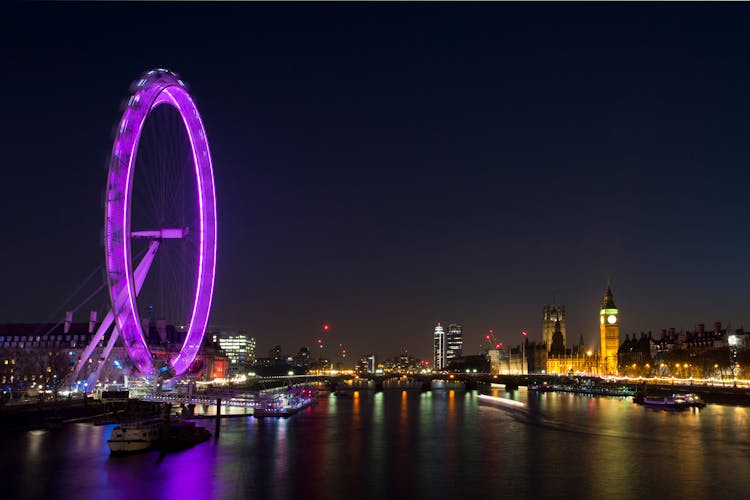All Categories
Featured
Table of Contents
Big Ben, perhaps one of London's most iconic structures, was completed in 1859 and has since stood as a symbol of both London and the United Kingdom. Positioned at the north end of the Palace of Westminster, the tower holds the Great Bell known as Big Ben, which weighs over 13 tons. Interestingly, while the name originally referred only to the bell, it has since become synonymous with both the clock and the tower itself.
The construction of this legendary tower commenced in 1843 under the direction of architect Charles Barry, with the clock designed by Augustus Pugin. This partnership between Barry and Pugin resulted in one of the most recognizable landmarks in the world. The clock tower not only serves as a practical timepiece but also plays a ceremonial role, marking the hours with its unmistakable chimes, a sound that has become deeply ingrained in British cultural identity.
Big Ben as a Tourist Magnet
Every year, millions of tourists flock to Westminster to gaze up at the imposing structure of Big Ben. Its iconic status is a major draw, inviting visitors to capture its grandeur in photographs and immerse themselves in its historical context. For many, hearing Big Ben's chimes in person is a bucket-list experience, symbolizing the historical depth and global relevance of London as a city.
The area around Big Ben also offers sweeping views of other landmarks, including the River Thames and the London Eye, making it a central starting point for any tour of the city. This area's rich historical tapestry, coupled with the tower's aesthetic appeal, ensures that Big Ben remains a must-visit destination within London’s vibrant landscape.
The Restoration of Big Ben
In 2017, Big Ben entered a significant period of restoration aimed at preserving its structural and operational integrity. This extensive four-year project focused on repairing the clock mechanism, refurbishing the Elizabeth Tower which houses Big Ben, and preserving the tower's intricate Gothic Revival stonework. These efforts were crucial in safeguarding the tower against the ravages of time and pollution, a common issue for London's historical architectures.
Part of the restoration involved updating the clock's mechanical components, some of which had not been replaced since its installation. Despite modern advancements, the original Victorian craftsmanship was respected and preserved, blending tradition with innovation. This meticulous care ensures that Big Ben will continue to tick reliably, maintaining its role as one of the world's most reliable timepieces.
Big Ben’s Symbolic Presence
Big Ben transcends its physical form to become a cultural icon, often featuring in media and literature as a symbol of stability and continuity. Its solemn chimes have been broadcast by the BBC since New Year's Eve in 1923, becoming a familiar sound to millions worldwide and especially poignant during moments of national significance such as the annual Remembrance Day.
The tower's image adorns countless souvenirs and has been depicted in numerous films and television shows, further cementing its status not just as a national treasure of the UK, but as a global icon that represents the endurance of British tradition in the modern age.
Learn more fascinating details about Big Ben's rich history and its role in London's cultural heritage.
Capture the spirit of London with a taste of Big Ben in your morning cup of tea or commemorate your visit with a detailed model of the famous tower.
For all who seek to delve deeper into this monumental edifice's past, the essential read is Britannica's comprehensive article on Big Ben, perfect for both the young and the young at heart.

Most Discussed
Latest Posts
Comprehensive IT Management Solutions
Your Essential Guide to Experiencing Barcelona at Night
Assessing the Clothes You Own